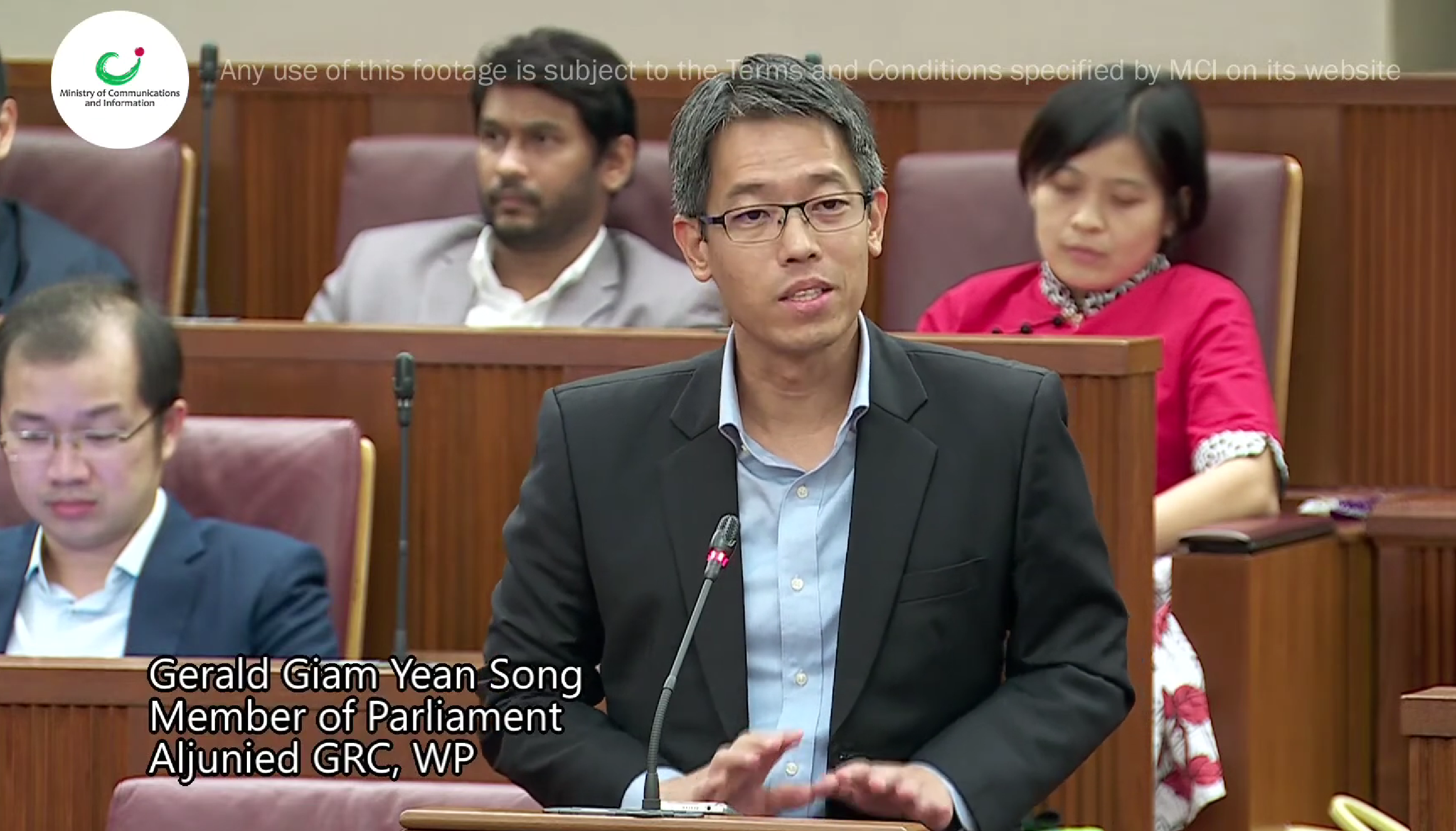Health Minister Ong Ye Kung recently presented the Healthier Sg white paper in parliament, with the eventual aim to support individuals taking care of their own health and wellness and striving towards our vision of long and healthy lives for Singaporeans.
This was outlined with several key proposals such as focusing strongly on preventive care, fostering lasting relationships between residents and family doctors and building strong partnerships within the community.
While Workers’ Party member of Parliament Gerald Giam welcomes the move by the government to list several short and long-term metrics, he however wants to further understand how the ministry intends to keep track of the progress if they do not provide any targets.
“I have filed PQs to be answered by the Minister tomorrow on the targets for various short and long-term preventive health metrics. These include the target screening rates for chronic diseases, the proportion of residents actively using the Healthy 365 app, the obesity rate and the avoidable emergency department attendance rate,” said Giam during the parliament session last week.
“I look forward to the Minister’s reply to these questions. The achievement of these targets should be closely monitored so that adjustments can be made to better achieve them.
Given the huge investment in Healthier SG, the public should expect an improvement in both the short and long-term metrics.”
There are five key components in the Healthier Sg white paper which was laid out by Ong, the first being family doctors, in which the government intends to mobilise them to build strong relationships with their patients and play a bigger role in preventive care.
The second is health plans which will be developed between the family doctors and the patients, which comprise an overview of the health status of the resident, health goals to achieve, and an action plan.
The ministry will also tap into the efforts of agencies such as the Health Promotion Board, People’s Association and SportSG, which are organising many health-related activities on the ground.
The fourth and fifth elements in the key components are a national enrolment exercise; that will commence in the second half of 2023, starting with residents aged 60 and above, and enablers that include the IT systems, manpower, and the financing structure.
WP’s Giam subsequently received a written reply to his parliamentary question from the Ministry of Health.
“We are setting targets under Healthier SG to ensure that the short, medium and long-term outcomes can be achieved. They need to be done in the right spirit, bearing in mind that this is an act of enterprise and a dynamic and multi-year transformation effort with a certain amount of uncertainty,” said MOH in a statement published on their website.
“Right now, we are focusing on designing the scheme right, rolling it out, and stabilising operations. We will then monitor the key performance indicators and disclose them to the public from time to time.”

